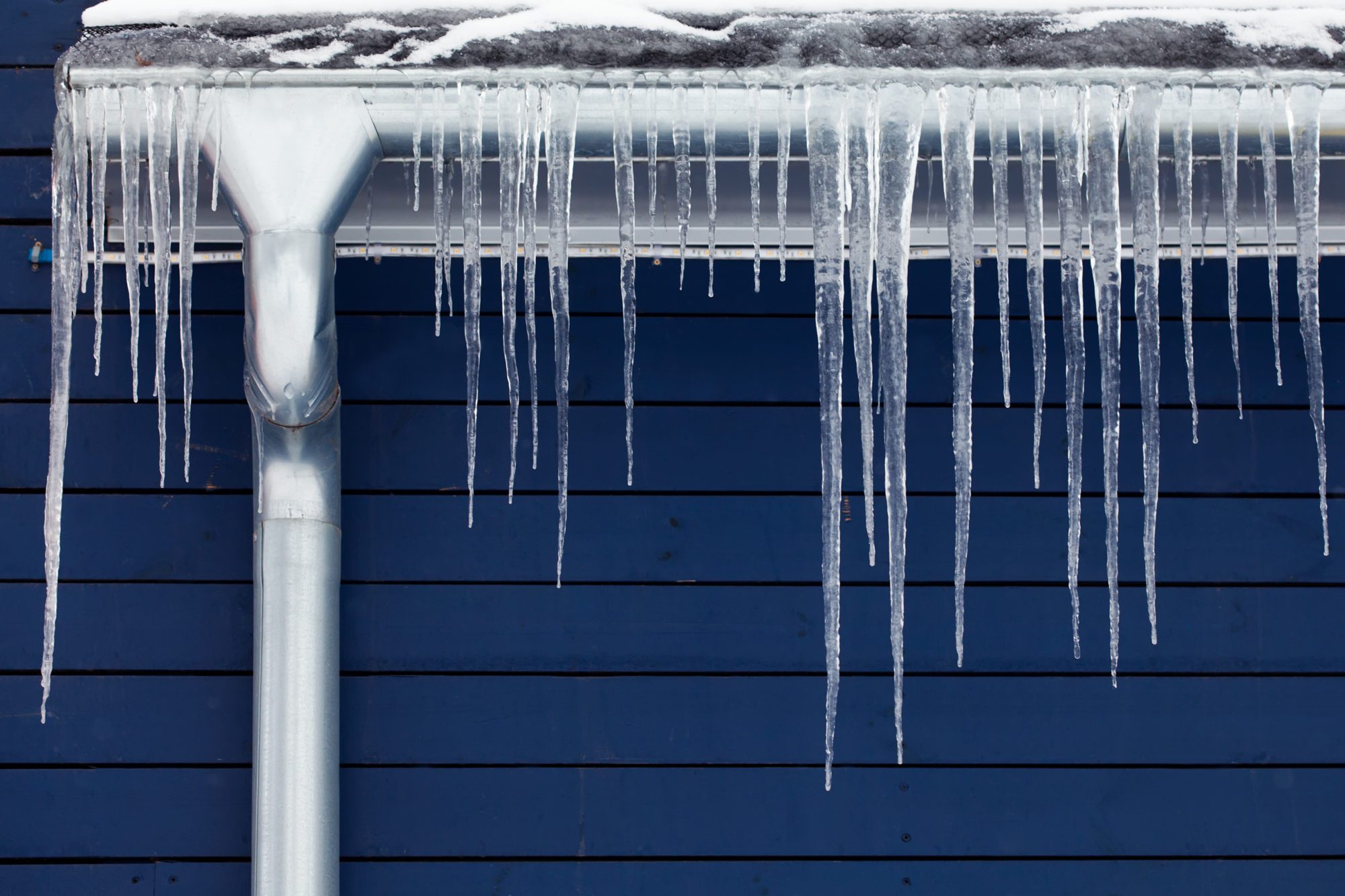Presented here in the next paragraphs you can discover a bunch of superb resources involving 6 Ways to Prevent Frozen Pipes.

Cold weather can damage your pipes, particularly by freezing pipelines. Here's how to prevent it from occurring and what to do if it does.
Intro
As temperature levels decline, the danger of frozen pipelines rises, possibly causing costly repair work and water damage. Recognizing exactly how to avoid icy pipelines is vital for house owners in chilly environments.
Prevention Tips
Insulating vulnerable pipes
Cover pipelines in insulation sleeves or use heat tape to safeguard them from freezing temperatures. Focus on pipes in unheated or external areas of the home.
Heating techniques
Keep interior areas adequately warmed, especially locations with pipes. Open cupboard doors to allow cozy air to distribute around pipes under sinks.
Exactly how to recognize icy pipelines
Try to find decreased water circulation from taps, unusual smells or noises from pipes, and noticeable frost on revealed pipes.
Long-Term Solutions
Architectural adjustments
Consider rerouting pipelines far from exterior walls or unheated areas. Add additional insulation to attics, basements, and crawl spaces.
Updating insulation
Buy top notch insulation for pipes, attics, and walls. Correct insulation assists maintain regular temperatures and lowers the threat of icy pipes.
Safeguarding Outdoor Plumbing
Yard hose pipes and outside taps
Detach and drain yard hose pipes before wintertime. Set up frost-proof faucets or cover outdoor taps with protected caps.
Understanding Frozen Pipes
What creates pipes to freeze?
Pipes ice up when exposed to temperature levels listed below 32 ° F (0 ° C) for prolonged periods. As water inside the pipelines ices up, it expands, putting pressure on the pipeline walls and possibly causing them to rupture.
Threats and damages
Frozen pipelines can cause supply of water disruptions, residential property damage, and costly repair services. Ruptured pipelines can flooding homes and trigger substantial structural damages.
Signs of Frozen Water Lines
Identifying icy pipes early can prevent them from bursting.
What to Do If Your Pipes Freeze
Immediate actions to take
If you think icy pipelines, keep faucets available to alleviate stress as the ice thaws. Make use of a hairdryer or towels soaked in warm water to thaw pipelines slowly.
Final thought
Stopping icy pipelines requires aggressive procedures and fast feedbacks. By understanding the causes, indicators, and preventive measures, homeowners can protect their plumbing throughout cold weather.
6 Proven Ways to Prevent Frozen Pipes and Protect Your Home
Disconnect and Drain Garden Hoses
Before winter arrives, start by disconnecting your garden hoses and draining any remaining water. Close the shut-off valves that supply outdoor hose bibs and leave the outdoor faucet open to allow any residual water to drain. For extra protection, consider using faucet covers throughout the colder months. It’s also important to drain water from any sprinkler supply lines following the manufacturer’s directions.
Insulate Exposed Pipes
Insulating your pipes is an effective way to prevent freezing. Pipe insulation is readily available at home improvement stores and is relatively inexpensive. Pay close attention to pipes in unheated areas such as the attic, basement, crawl spaces, or garage. Apply foam insulation generously to create a buffer against the cold. You can also wrap your pipes in heat tape or thermostat-controlled heat cables for added warmth.
Seal Air Leaks
Inspect your home for any cracks or openings that could let in cold air. Seal any holes around the piping in interior or exterior walls, as well as the sill plates where your home rests on its foundation. Additionally, make sure to keep your garage door closed unless you’re entering or exiting. Leaving it open creates a significant air leak that can lead to frozen pipes.
Allow Warm Air Circulation
During cold snaps, it’s essential to allow warm air to circulate evenly throughout your home. Leave interior doors ajar to promote better airflow. Open kitchen and bathroom cabinets to help distribute heat consistently around the rooms. If you have small children or pets, be sure to remove any household chemicals or potentially harmful cleaners from open cabinets for safety.
Let Faucets Drip
A small trickle of water can make a big difference in preventing ice formation inside your pipes. When temperatures drop significantly, start a drip of water from all faucets served by exposed pipes. This continuous flow helps prevent the water from freezing. Additionally, running a few faucets slightly can relieve pressure inside the pipes, reducing the chances of a rupture if the water inside does freeze.
https://choateshvac.com/6-proven-ways-to-prevent-frozen-pipes-and-protect-your-home/

As a devoted person who reads on Winter Plumbing Precautions: Preventing Frozen Pipes, I think sharing that piece of content was worth the trouble. In case you enjoyed reading our post plz don't forget to share it. I love reading our article about 6 Ways to Prevent Frozen Pipes.
Book An Appointment